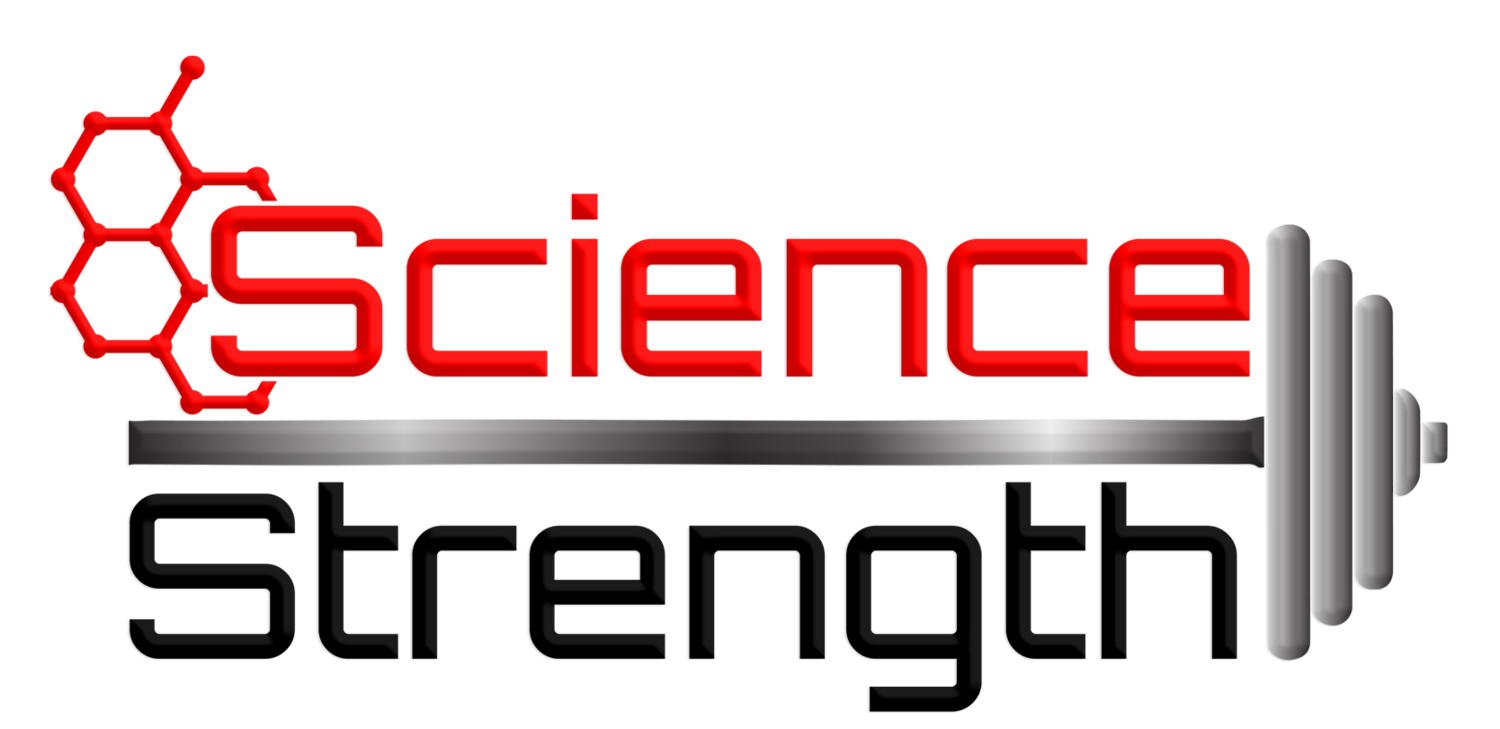There are two common misconceptions that drive me crazy as a competitive powerlifter. First one is that I lift weights above my head in competitions. No, guys! I definitely don’t do this. This is what Olympic weightlifters do. I squat, bench and deadlift.
The second one is that powerlifting is about power. This also isn’t the case. I know the name of this sport implies that it is about power and that may be confusing, but powerlifting is not about power. Powerlifting is about strength. In this post, I am going to explain to you why.
When we look at some physical equations (which I don’t want you to bother with here, just google them if you are really interested in it) we see that force needs to be applied to move an object. This is pretty logical. You need to apply force to move the bar with weights. The bar doesn’t move itself.
Power, in contrast, is the product of force and velocity (speed) of how fast you move the bar.
The goal of powerlifters is to move as much weight as possible and all of us probably agree on the point that it is not possible to move very heavy weight (close to your 1RM – the maximal weight you can lift) fast. Indeed, the highest speed of lifting and the highest power output was measured at weights that are at about 30% 1RM. In contrast, force output increases (= 'strength') steadily with increasing weight.
As powerlifters lift heavy weights and not baby weights at around 30% 1RM, powerlifting is about strength and not power.
Shouldn't I lift more explosively?
I often hear the advice that also powerlifters should try to be more powerful and explosive. However, I don’t agree with that. What matters in my opinion isn’t the powerfulness and high speed, but acceleration throughout the lift (starting with moderate speed and trying to get faster throughout the lift). Otherwise, there is the risk that one gets stuck before the completion of the lift. Well, one learns from their own mistakes. In the video below, you can see me attempting a 147.5 kg (324.5 lb) deadlift. This was before I realized that acceleration is the key and tried to lift powerfully and explosively.
Maybe I could have saved lots of time and avoided errors, had I dug through research literature sooner or met one of the world’s top coaches a lot earlier. Boris Sheiko, one of the most successful powerlifting coaches, stresses frequently that powerlifting is not about power, but strength. One of the most common mistakes he corrects during his seminars is that deadlifts shouldn't be performed jerky, but starting slowly off the ground and experience acceleration up to the endpoint of the lift (to learn more read my article: “Powerlifting Professor Sheiko - from Russia with Strength (part 1)”).
Also, research literature on strength training describes the negative effect power and speed may even have when lifting heavy weights:
"It is impossible to exert a high force in very fast movements. If an athlete performs the first phase of a movement too fast, the ability to apply great force in the second phase may be somewhat diminished. For instance, too fast a start in lifting a barbell from the floor may prevent an athlete from exerting maximal force in the most advantageous position - when the barbell is near the knees." - "Science and Practice of Strength training" by Vladimir M Zatsiorsky
That is enough science, just tell me what to do!
The first thing to do is to try to accelerate throughout the lift, meaning trying to get faster during the challenging part of the movement (e.g. upwards movement for squat, bench and deadlift, chin-ups). However, trying to accelerate throughout the lift often requires lots of mental focus while lifting. Integrating band and chains work into your training routine mimics the acceleration. The bands get stretched and chains get longer throughout the movement, which makes it easier to keep the mental focus, because you have no other choice than pushing harder to complete each rep. For this reason, exercises such as squats, bench or deadlifts with bands or chains are highly efficient for powerlifters.
Got stuck with your training? Then consider a consultation with me to bring your training to the next level!

